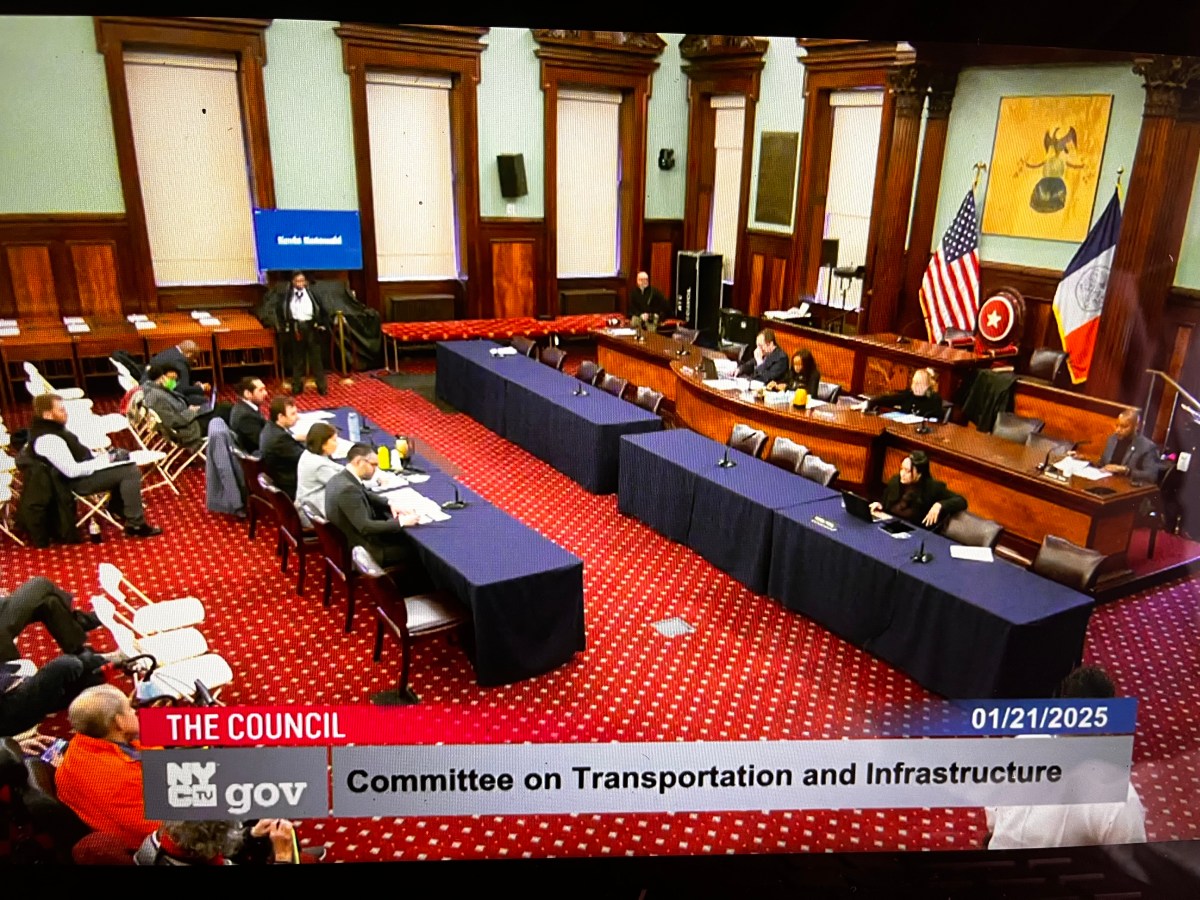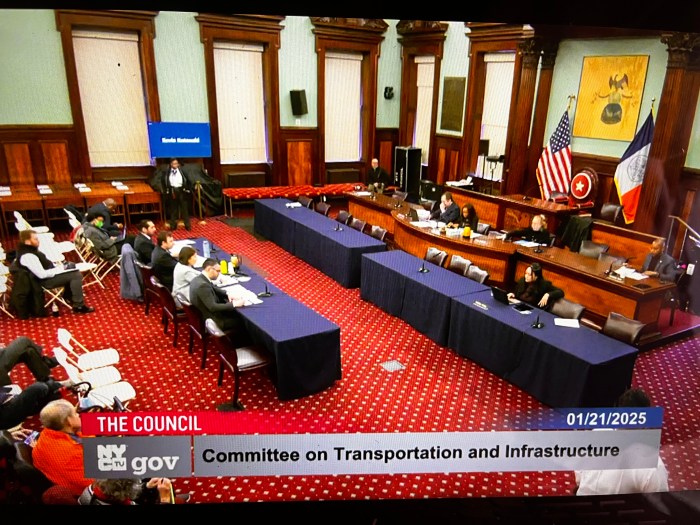
For every step the city has taken to shore up its infrastructure, its larger population, booming tourism sector and climate change have dragged it behind on meeting its capital needs, a new report says.
The city has bulked up its capital budget in recent years, but several of its agencies’ needs have grown dramatically over the past five years, requiring more substantial spending, according to a report released Tuesday by the Center for an Urban Future, a think tank focused on economic mobility. Points of particular concern include bridges, of which 67 were at risk of partial collapse as of 2018, and the city Department of Education’s portfolio, which had a funding shortfall of $1.5 billion as of 2017, the report said.
Thirteen city agencies have less than 40% of their infrastructure needs funded, according to the report, which adjusted figures to account for inflation. And current funding levels are insufficient to fix aging roads, pipes and buildings, which have been accommodating a greater population, a surge in tourism and extreme weather, according to Jonathan Bowles, executive director of the Center for an Urban Future.
"With this study, we’re showing that you can increase the fixes you’re doing, but with a city as old as New York with a record number of people … and stresses like climate change, it’s hard to keep pace," he said.

Several of the city’s schools are over 50 years old and have gone through minor retrofits for improvements such as new heating systems or upgraded bathrooms, the report said. Nonetheless, the cost of fully bringing the portfolio into a state of good repair has increased from $1.38 billion in 2013 to $2.08 billion in 2017, according to the report. At that point, the agency had just $530 million set aside for these fixes.
"Mostly we’re talking about the exterior and interior of the schools," Bowles said. "But it’s also the machinery and equipment. HVAC systems, plumbing, or bathrooms out of order. In some cases, it is mold or other things."
The city’s Department of Transportation has repaved many streets in recent years, totaling 1,300 lane miles in fiscal years 2017 and 2018, compared to the average 852 lane miles spruced up between 2000 and 2013, the report said. But underneath the asphalt, upkeep has not kept pace.
From fiscal year 2014 to fiscal year 2018, DOT reconstructed an average of 31.3 miles of lanes annually, which marks a steep falloff from the 62 miles of lanes, on average, that were reconstructed between fiscal years 2006 and 2009.
Bowles said shoring up the deeper support system is crucial for the roads’ integrity, as foot traffic, natural wear and environmental changes eat away at the foundation enough to repeatedly crack or tilt their surfaces.
"It really means digging to the foundation level and making a fundamental overhaul of the street, getting to the base of the problem," Bowles said.
Michael Horodniceanu, the founding director of our Institute of Design and Construction Innovations Hub at NYU Tandon’s Department of Civil and Urban Engineering, said that the city’s overall infrastructure work over the last five years has improved from previous years but that certain fixes cannot be completed rapidly. Sufficient time is needed for funding, engineering, planning and construction, he said.
Horodniceanu, who served as the city’s traffic commissioner in the 80s and the President of the MTA’s capital construction group from 2008 to 2017, cited the opening of the city’s third water tunnel in 2013 as a project that greatly benefited New Yorkers even though it took decades and cost millions of dollars in water bills.
"It’s a balancing act and the city has done a good job balancing," Horodniceanu said.
Horodniceanu said the report’s findings on the budget gap should push the city to prioritize its biggest infrastructure projects, as climate change threatens to exacerbate the problems.
Mayor Bill de Blasio’s office did not immediately respond to a request for comment.
City Councilman Costa Constantinides, who chairs the Council’s committee on environmental protection, said the report’s findings should be a call to action. The councilman acknowledged that the city’s coffers can only go so far, but said that with more strategic planning among the city agencies and design experts, infrastructure improvements could be streamlined.
"It’s not only getting the dollars that we need but also making sure we do the right thing," Constantinides said.




































